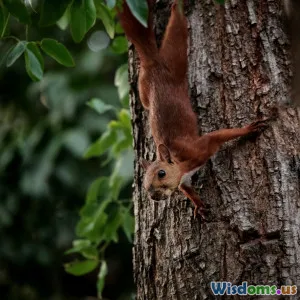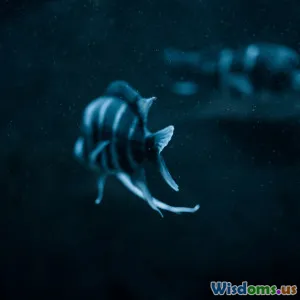
Unexpected Ways City Life Shapes Urban Raccoon Intelligence
14 min read Discover how city environments uniquely boost raccoon intelligence through adaptation, problem-solving, and interaction with urban infrastructure. (0 Reviews)
The Surprising Genius of Urban Raccoons: How City Life Shapes Their Intelligence
City sidewalks lit by neon lights at midnight, trash bins clattering back into place after garbage day, and the muted shuffle of furred creatures cavorting in alleyways—a typically urban night is more than a human affair. In this vibrant stage, one animal revolutionizing its own evolutionary narrative is the urban raccoon. These masked mammals, once countryside foragers, have become icons of resilience and resourcefulness amid skyscrapers and subways. But how exactly does city life make raccoons smarter, and what unexpected ways does urban living shape their burgeoning intelligence? Let’s uncover the clever strategies, adaptations, and extraordinary problem-solving skills that help city-dwelling raccoons thrive.
City as Classroom: Complex Environments Fostering Adaptation

The city presents a labyrinth of challenges far more sophisticated than most rural or woodland settings. Busy intersections, high-rise buildings, and labyrinthine alleys all serve as dynamic classrooms for city raccoons. Unlike their rural counterparts, urban raccoons encounter new puzzles daily, from figuring out how to cross bustling roads safely to navigating multifaceted human-made structures.
Exploring Environmental Complexity
Studies show that raccoons’ brain size is relatively large for their body, a trait often associated with problem-solving abilities. Cities seem to turbocharge this intelligence. For instance, in Toronto—a haven for urban raccoons—city officials unveiled so-called “raccoon-proof” compost bins in 2016, only to discover that local raccoons found ways to open them within weeks. Video footage revealed the mammals manipulating handles and latches, displaying dexterity and learning previously observed mostly in primates.
Learning From Experience
Urban raccoons regularly adapt their behavior based on environmental feedback. One Toronto resident, reporting on a social media platform, documented how a group of raccoons observed her unscrew her bird feeder and, days later, the animals imitated her hand motions with startling precision. This instance underscores the concept of social and observational learning, a rare quality in wild animals, honed further in the city’s social and structural complexity.
Navigating Human Hazards: Cognitive Flexibility and Risk Assessment
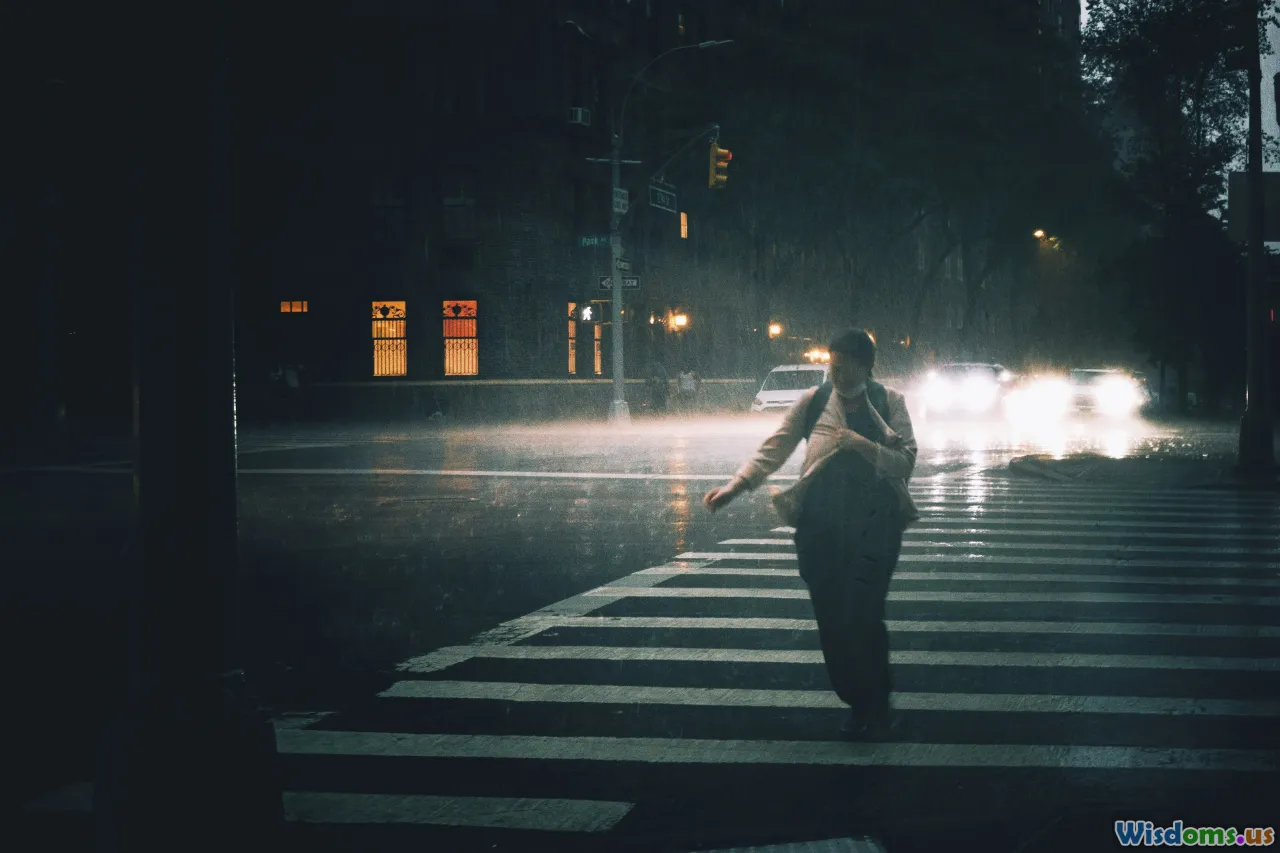
Adaptability is at the core of animal intelligence, and the urban world demands cognitive flexibility like nowhere else. Human activities create an ever-changing obstacle course of hazards—traffic, predators (including domestic pets), and even chemical pollutants.
Urban Survival Tactics
One classic challenge for raccoons is road crossing. Urban studies using GPS collars reveal that city raccoons often establish safe crossing routes using alleys, underpasses, or even by risk-assessing the flow of traffic. Researchers at the University of British Columbia found that raccoons in the city center shifted their activity primarily to late at night, capitalizing on reduced human and vehicle activity. This demonstrates not just learning, but sophisticated decision-making.
Outwitting Traps and Barriers
In cities like New York, some residents attempt to deter raccoons with obstacles like motion lights, plastic fencing, or even citrus scents. Yet anecdotal evidence abounds of raccoons swiftly learning to bypass such deterrents—unscrewing light bulbs, burrowing under fences, or simply ignoring adversive smells after a brief exposure. This ongoing “arms race” between humans and raccoons illustrates the animals’ impressive capacity for rapid problem assessment and solution generation.
Food For Thought: Innovative Foraging Strategies
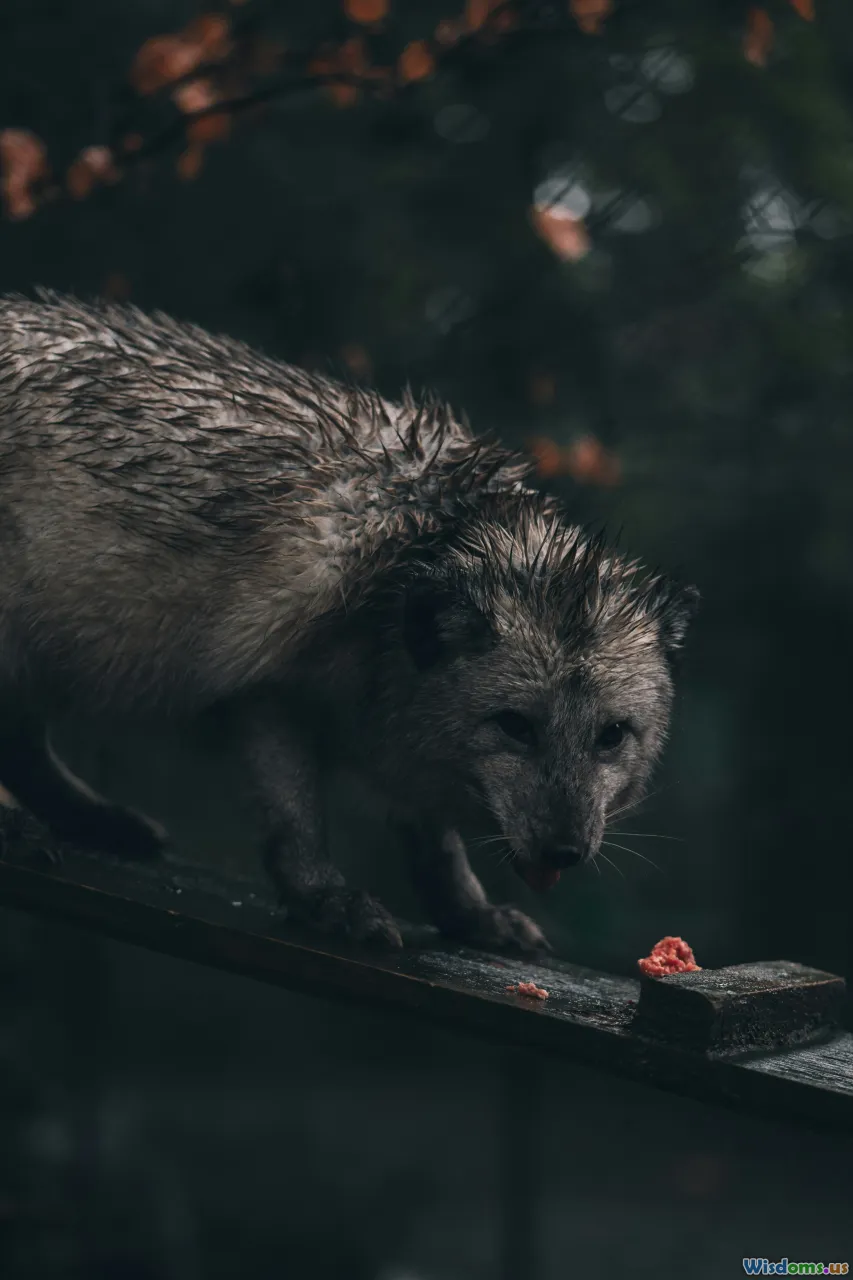
Access to food marks a central driver for raccoon adaptation. With traditional natural resources inconsistent in cities, urban raccoons exploit a rich, unpredictable buffet: everything from restaurant refuse to compost. Their ability to identify and access these complex resources reveals leaps in cognitive function.
Dumpster Diving: More Than Simple Scavenging
Urban raccoons are not simple trash-pickers; they’re resource strategists. Researchers observed that raccoons in Chicago neighborhoods memorize pedestrian trash pickup schedules and adapt their scavenging routines accordingly—arriving just before garbage bins are retrieved. Meanwhile, in Seattle, inhabitants report raccoons mastering the gentle art of opening back doors if homeowners leave unlocked pet food containers in mudrooms, underscoring learning via trial, error, and memory.
Dietary Diversity as a Cognitive Challenge
The unpredictability of urban garbage encourages not just flexibility, but something akin to creative thinking. For example, a single city block might offer week-old pizza slices, discarded apples, and leftover pet kibble. Studies by animal behaviorists highlight an urban raccoon’s tendency to “sample” unfamiliar foods with a kind of culinary curiosity, broadening not only their physical diet but also exercising neural circuits related to risk assessment and memory—traits associated with so-called “generalist” species.
Urban Networks: Social Structures and Learning

Commonly perceived as solitary, raccoons in cities often form loose, fluid coalitions—especially where resource hotspots occur. This shift impacts problem-solving trajectories and enhances collective learning.
Synchronized Foraging and Information Sharing
While rural raccoons defend rigid territories, their urban relatives develop what ecologists term “home range overlap.” In bustling alleys and shared dumpsters, raccoons may forage together or in succession, observing each other’s navigational shortcuts or exploitative tactics. Researchers in Washington, D.C., using night-vision camera traps, have documented individuals “casing” a garbage bin only to return later, following another raccoon’s successful breach.
Rapid Spread of Behavioral Innovations
A notable 2018 study found that a raccoon in Vancouver, after learning to open a new type of locking dumpster, was observed by four others who promptly demonstrated the same behavior in the following week. Ethologists describe this as social transmission: a hallmark of higher cognition, more common in urban environments where animals form temporary aggregations and resources are unpredictably abundant but require ingenuity to access.
City Sounds and Lights: Sensory Adaptation and Cognitive Challenge
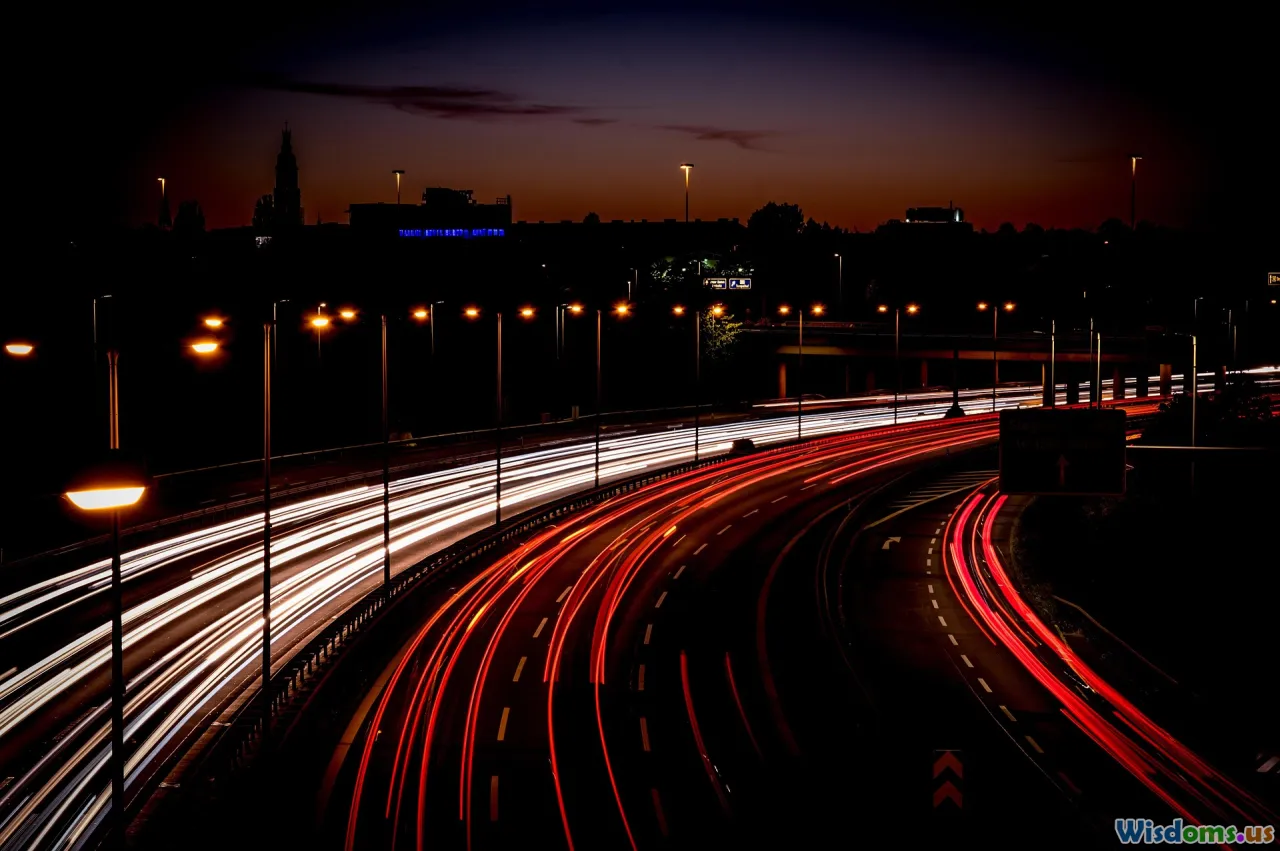
Besides structural headaches, city life bombards raccoons with layers of sensory data: auditory (drilling, sirens, traffic), visual (neon signage, headlights), and even olfactory (restaurant scents, chemical pollutants).
Sensory Filtering as a Sign of Smarts
Cognitive scientists propose that sensory “filtering”—the ability to tune out irrelevant information to focus on salient environmental cues—is a major factor underpinning urban intelligence. Urban raccoons learn, for example, to ignore continual background clatter while remaining attuned to subtle sounds that signal food opportunities or threats, such as the peculiar snap of a compost bin opening.
Night Vision and Urban Glow
The constant glow of streetlights disrupts natural circadian patterns, but raccoons demonstrate subtle shifts in their night vision response. Studies with city and rural raccoons reveal that urban animals exhibit increased tolerance for ambient light, suggesting acclimation at a neurological level. This adjustment enables raccoons not only to exploit broader hours for raiding but also represents profound cognitive flexibility.
Tool Use and Dexterity: Paws as Urban Instruments

It’s no exaggeration to call raccoon paws one of evolution’s urban trump cards. These dexterous, hand-like forepaws provide not just the ability to grasp and manipulate, but also to experiment and innovate.
Case Studies of Creative Problem-Solving
In Boston, surveillance captured a raccoon dragging a stick to angle open an especially stubborn metal lid—a rare example of an animal using an object as a tool to accomplish a new task. A similar observation in Toronto documented raccoons piling leaves atop a sensor mat to trick “smart” garbage bins into springing open. Such exemplars not only demonstrate mechanical problem-solving abilities but highlight a deeper capacity to connect cause-and-effect in novel ways.
Mechanical Memory: Retaining New Solutions
What’s even more dazzling is that once an urban raccoon masters such a mechanical trick, it often replicates the feat flawlessly over weeks or months, and may even “teach” it—consciously or otherwise—to companion animals. This remarkable long-term memory is a keystone of adaptive intelligence, allowing city raccoons to accrue and retain a personal archive of urban hacks.
The Perpetual Learning Loop: Human Influence as Unintended Mentor
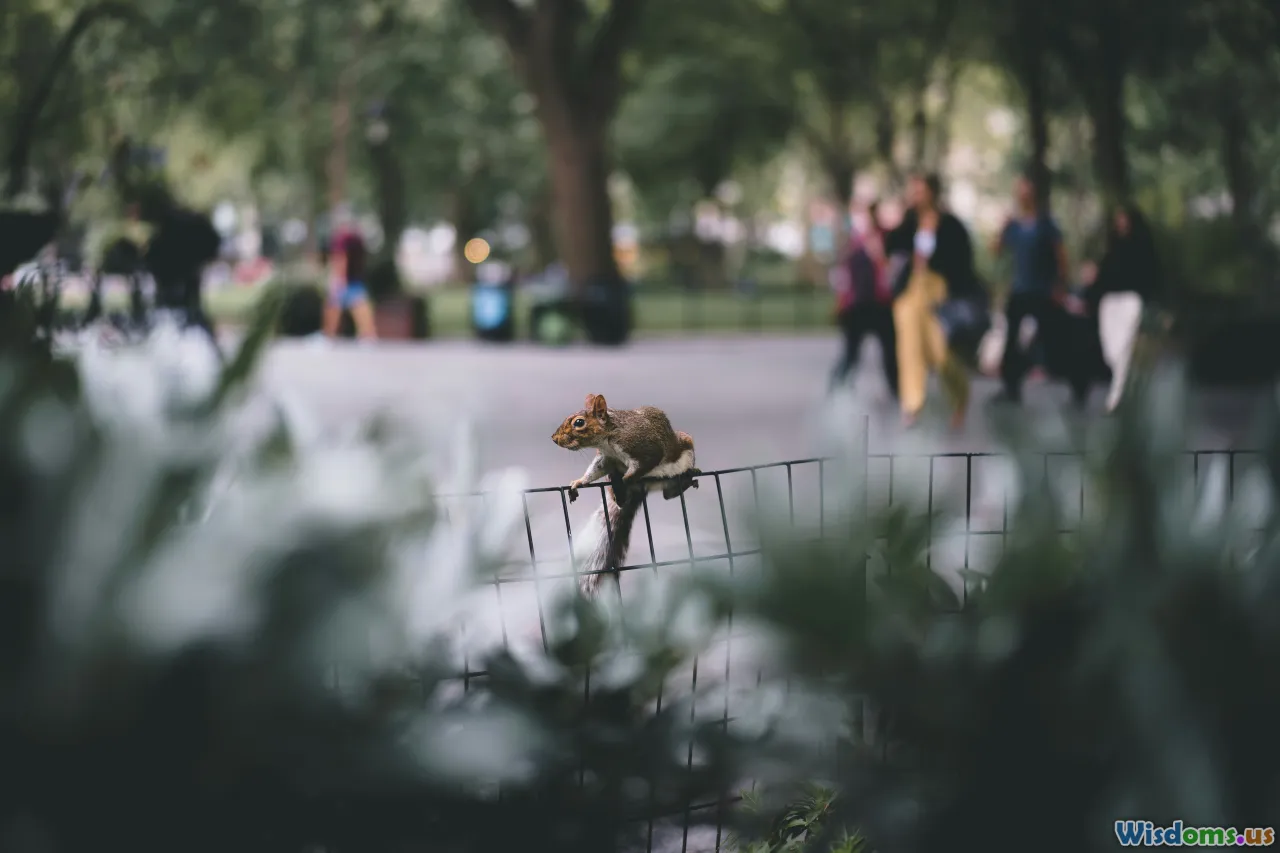
Humans, often frustrated by raccoon antics, paradoxically serve as unwitting educators. Every new barrier, upgraded bin, or deterrent becomes an unintended lesson, setting in motion the next wave of raccoon innovation.
Co-Evolution in Real Time
It’s not just a battle of wits, but a reciprocal process: each adaptation by humans spurs new cognitive leaps in raccoons. This “evolutionary treadmill” sharpens city-dwelling raccoon populations into some of the most flexible, behaviorally diverse, and intellectually nimble mammals living outside laboratories or zoos.
Lessons For Urban Wildlife Density
The intelligence arms race between humans and raccoons offers a window into how cities might unintentionally catalyze similar changes in other urban wildlife, from coyotes and crows to foxes. Places like Berlin, New York, and Vancouver serve as global laboratories where these bursts of cognitive evolution are happening live, outside the watchful eyes of traditional science.
What Urban Raccoons Can Teach Us

Beyond their notorious antics, city raccoons are more than urban mischief-makers—they’re living exemplars of adaptation. Their inventive foraging, ability to learn from both people and peers, sophisticated risk assessment, and even rudimentary tool use suggest that the unexpected crucible of city life has crafted not only survivors, but innovators.
For urban planners and homeowners, recognizing the intelligence of city raccoons can encourage peaceful coexistence through design—locking bins more thoughtfully, animal-proofing only where truly necessary, and appreciating that these animals, in responding to our innovations, reveal something profound about how intelligence evolves. Intriguingly, as raccoons continue to rewrite the urban survival rulebook, they remind us that cities are not just human habitats, but cauldrons of surprising, rapidly-evolving animal wisdom.
Rate the Post
User Reviews
Popular Posts












